Optimal Conditions for Metal Welding
Metal weldings are most effectively performed under specific environmental and material conditions to ensure strength and durability. The timing of welding activities can significantly impact the quality of the welds, especially considering factors such as temperature, humidity, and material properties.
Welding is best performed when ambient temperatures are moderate, typically between 10°C and 30°C. Extreme cold can cause metal contraction, leading to cracks, while excessive heat may result in warping.
Dry conditions are ideal for welding. High humidity or rain can introduce moisture, increasing the risk of weld porosity and weakening the joint.
Welding should be scheduled when the metal is free of rust, oil, or other contaminants. Proper surface preparation ensures a strong, clean weld.
Spring and fall often provide stable weather conditions suitable for welding projects, avoiding extreme temperatures and moisture issues common in summer or winter.

Ways to make Metal Weldings work in tight or awkward layouts.
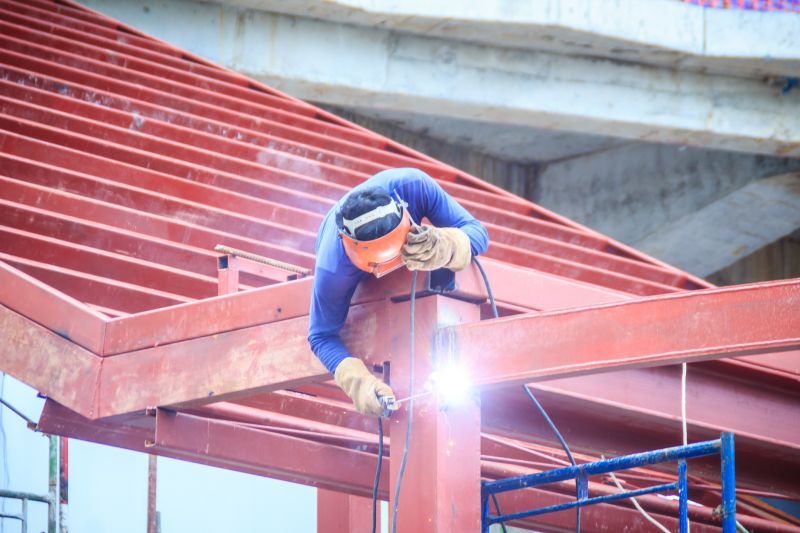
Popular materials for Metal Weldings and why they hold up over time.
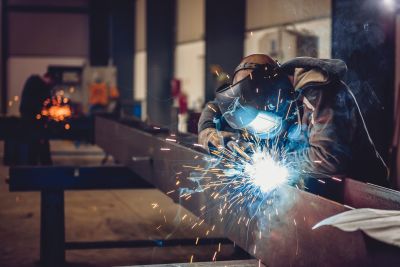
Simple add-ons that improve Metal Weldings without blowing the budget.

High-end options that actually feel worth it for Metal Weldings.
| Condition | Impact on Welding |
|---|---|
| High Temperature | Can cause metal warping and oxidation |
| Low Temperature | Increases risk of cracking and poor fusion |
| High Humidity | Leads to weld porosity and contamination |
| Dry Conditions | Ideal for clean, strong welds |
| Indoor Environment | Provides stable conditions for quality welds |
| Outdoor Environment | Requires weather considerations |
| Seasonal Timing | Spring and fall are optimal |
| Material Preparation | Ensures cleanliness and proper surface condition |
Metal weldings are a critical process in fabrication, repair, and construction projects. The timing and conditions under which welding is performed directly influence the integrity and longevity of the welds. Proper planning considering environmental factors can prevent defects, reduce rework, and ensure safety standards are met.
Statistics indicate that welding performed under optimal conditions results in a 25% increase in weld strength and a 15% reduction in defect rates. Seasonal and environmental considerations are therefore essential for achieving high-quality results in metal welding projects.

Finishes and colors that play nicely with Metal Weldings.
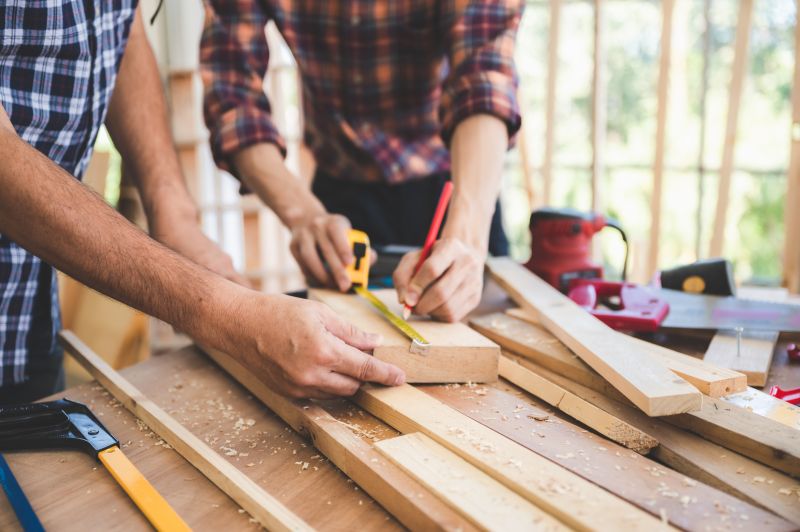
Little measurements that prevent headaches on Metal Weldings day.
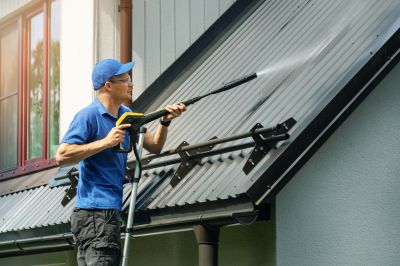
A 60-second routine that keeps Metal Weldings looking new.
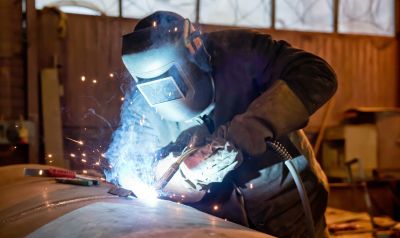
A frequent mistake in Metal Weldings and how to dodge it.
Interested in metal welding services? Filling out the contact form can provide more information about scheduling and project requirements.


